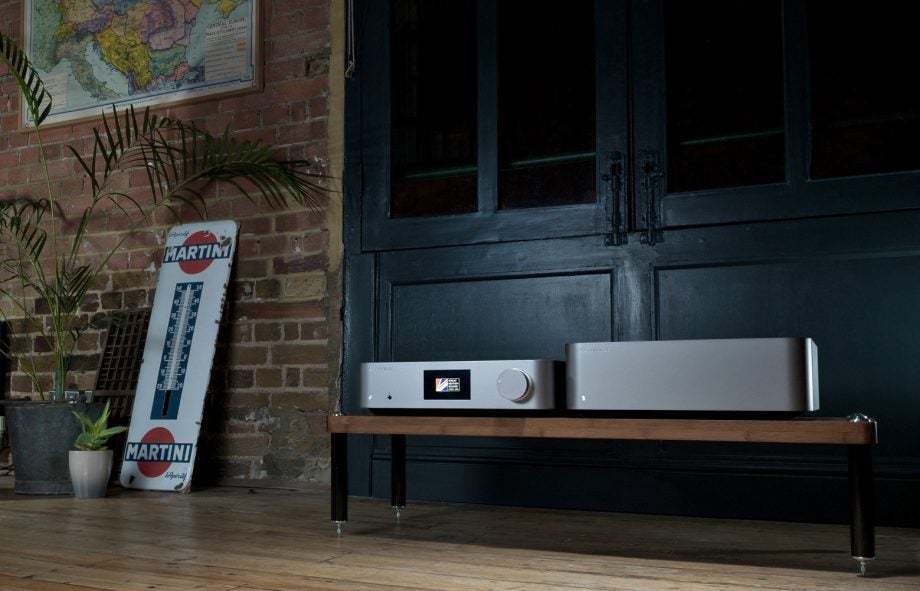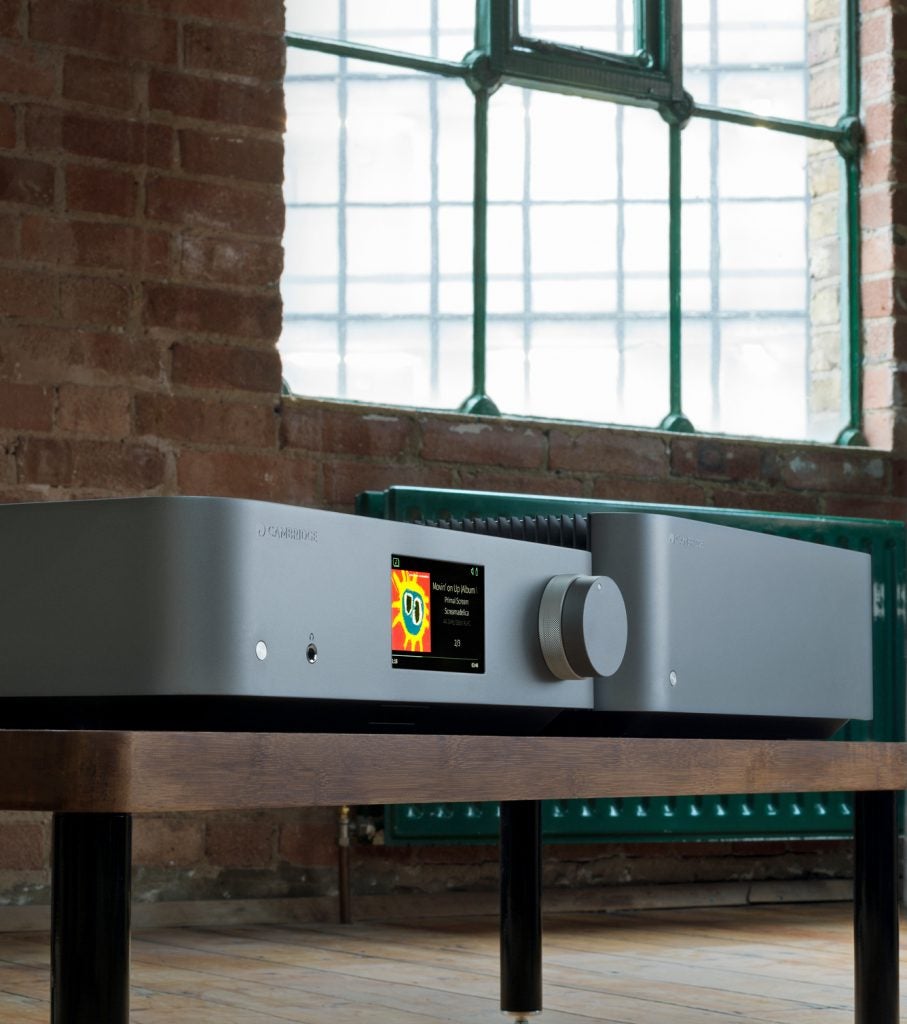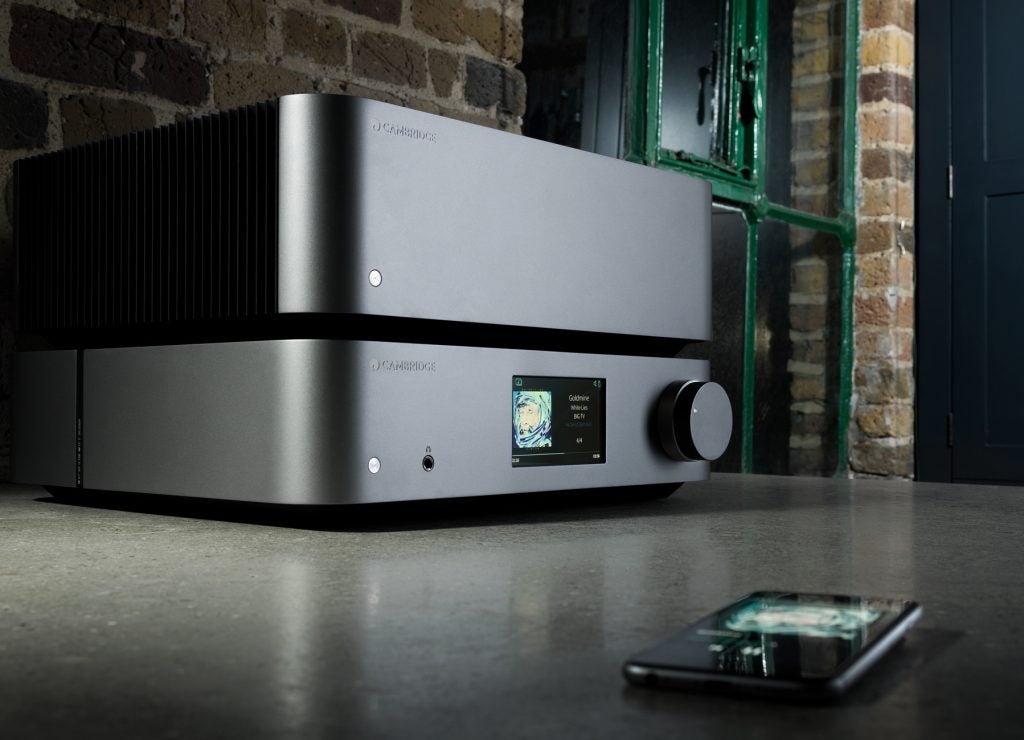Cambridge Audio’s Edge series crams 50 years of heritage into a £10k hi-fi system

How should you celebrate your 50th birthday? In the hi-fi world, you do it by building something really, really expensive. And that’s what Cambridge Audio has done with its Edge series of hi-fi separates, which cost a little over £10k for the full package.
It begins with an insanely luxurious exterior. The Cambridge Audio team wanted to create a clean fascia, so they put volume and input controls into a single knob. On the inside, it’s even more fancy. The components were picked with a money-no-object approach that prioritised audio performance over specs or measurements.
The opposing symmetry twin toroidal transformer design is supposed to cancel out unwanted electromagnetic interference. It’s a massive upgrade over the toroidal transformer system first used in the Cambridge Audio P40 integrated amp. Class XA amplification promises to shift the crossover point outside of human audible range.
Capacitors have been removed altogether, and there are only 14 components in the signal path of the power amplifier, where typically there might be 30 to 40. The idea is to keep the signal path as short as possible, minimising the possibility of signal corruption, which is key to Cambridge Audio’s whole ‘nothing lost, nothing added’ philosophy.
All the thought that went into designing the Edge series? We reckon it shows.
Related: Best wireless speakers


There are three components: the Edge A integrated amplifier (£4500), the Edge NQ preamplifier and streamer (£3500) and the Edge W power amplifier. The series will be released in June 2018.
Do you like the look of the Cambridge Audio Edge series? Tweet your thoughts to us @TrustedReviews.

